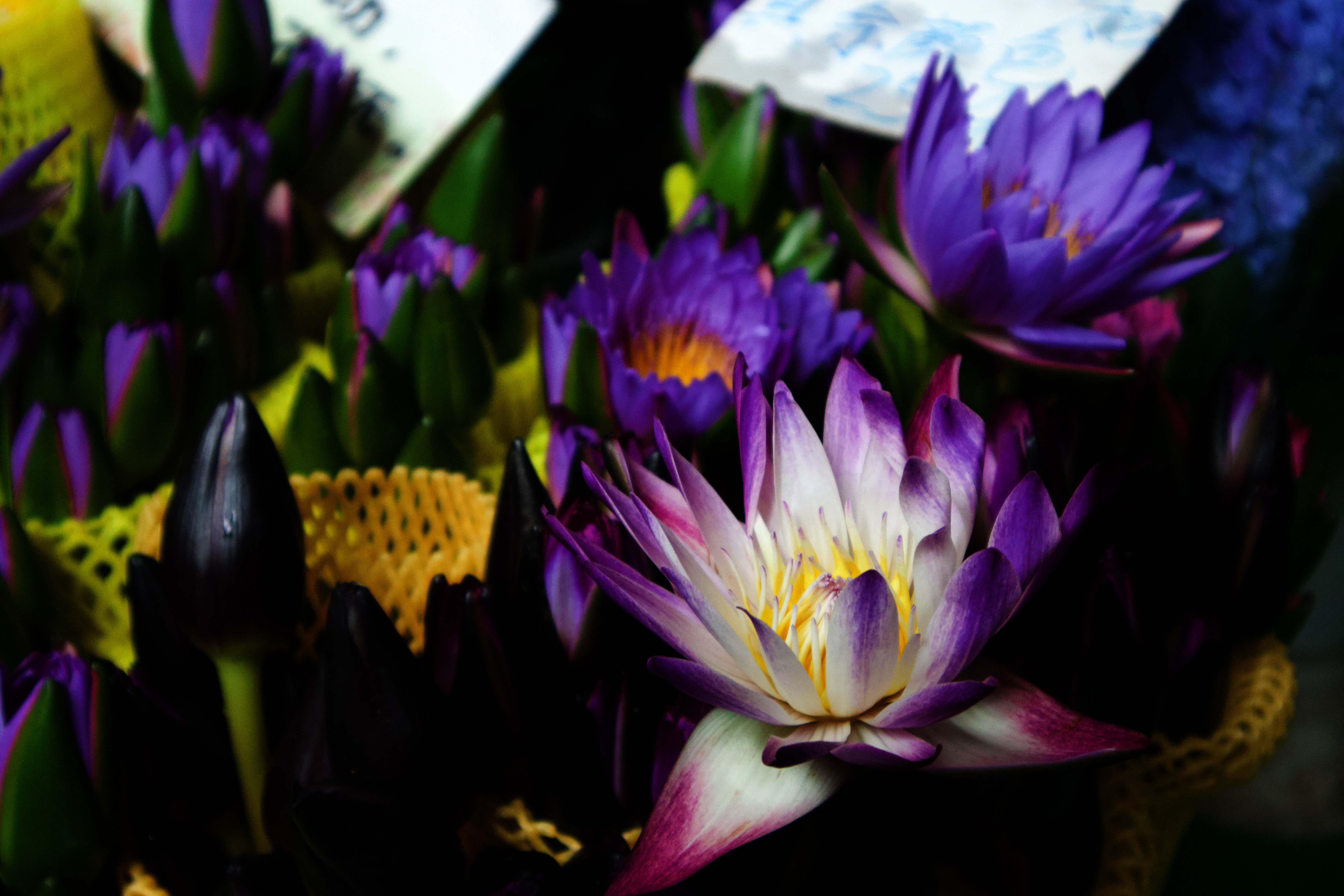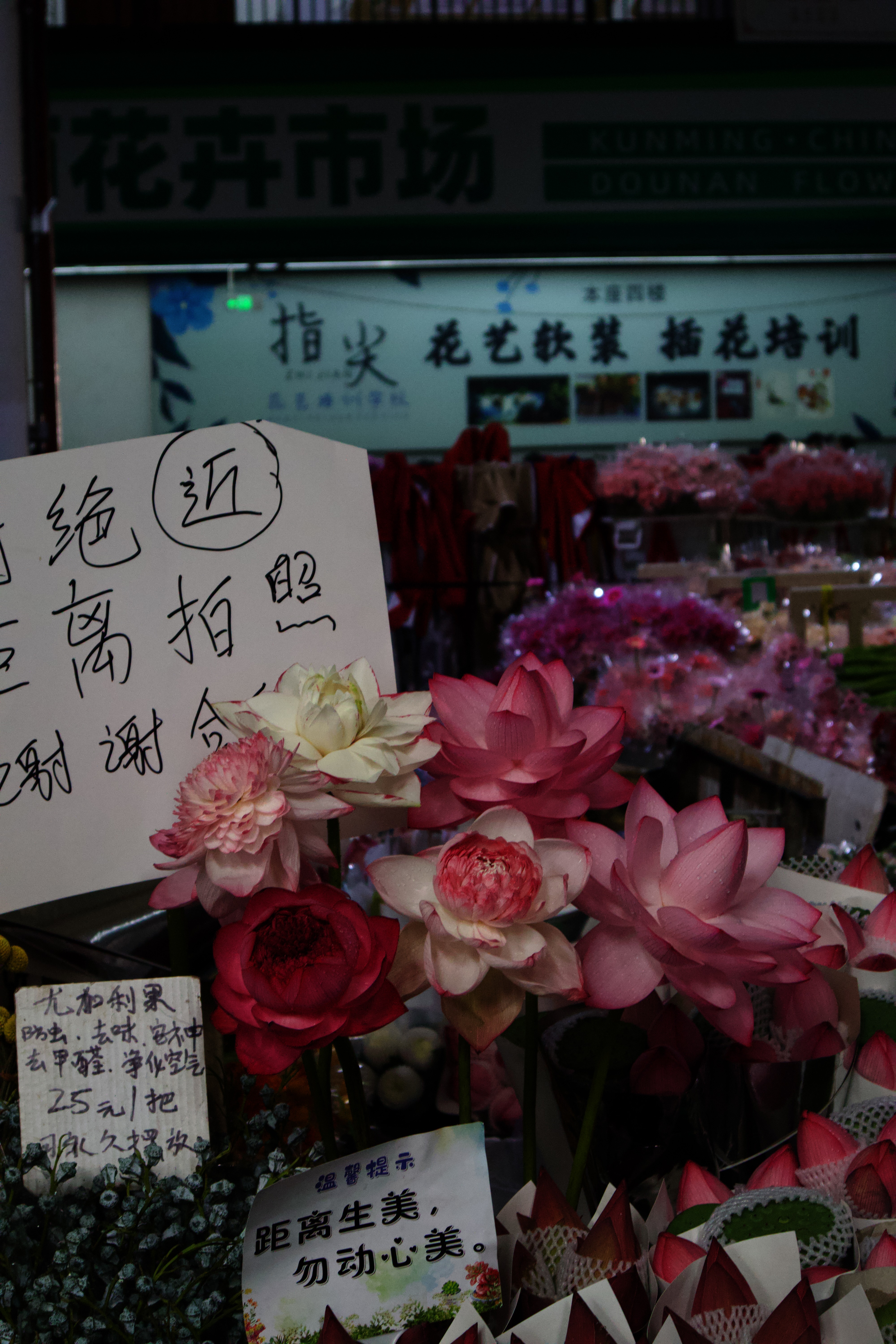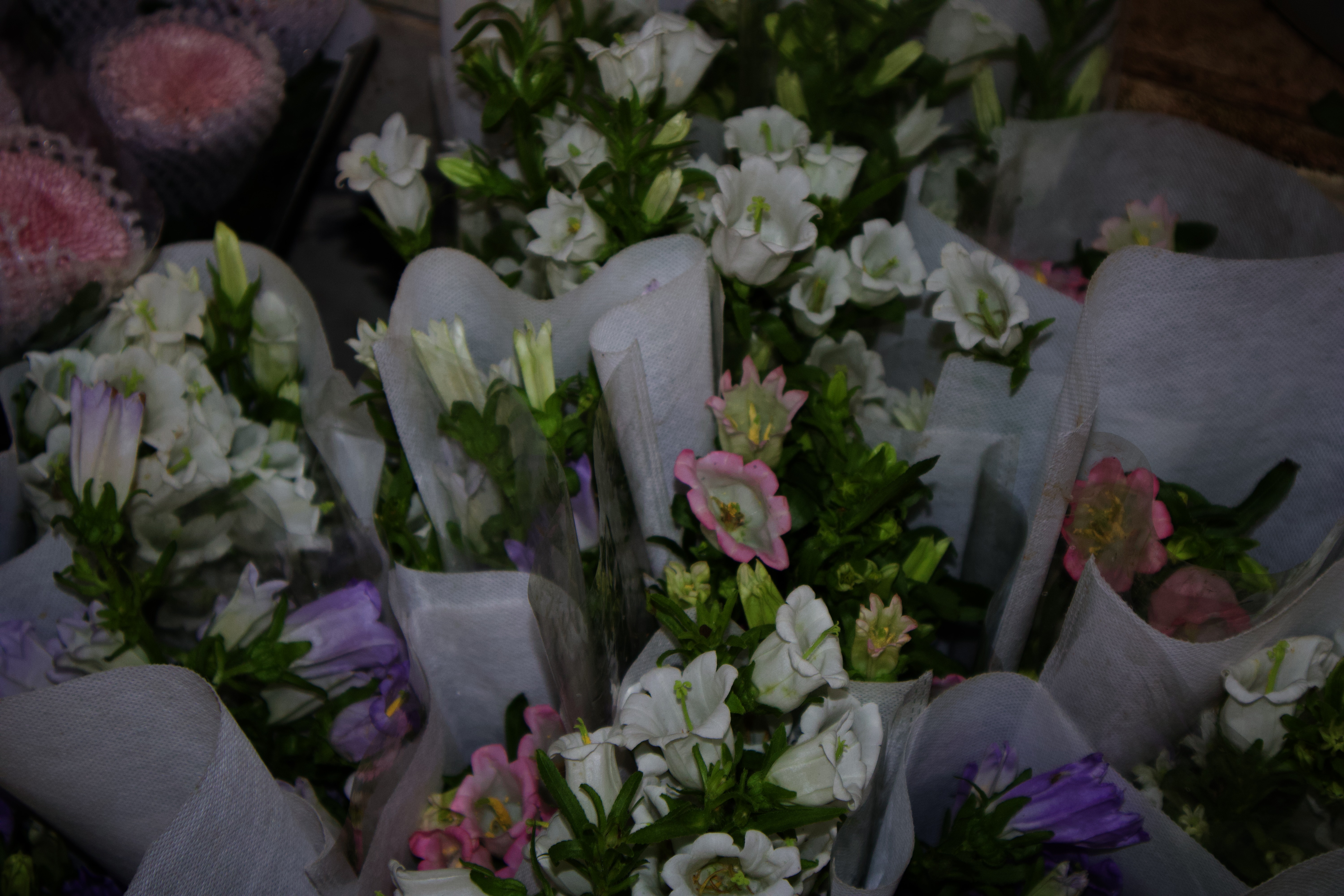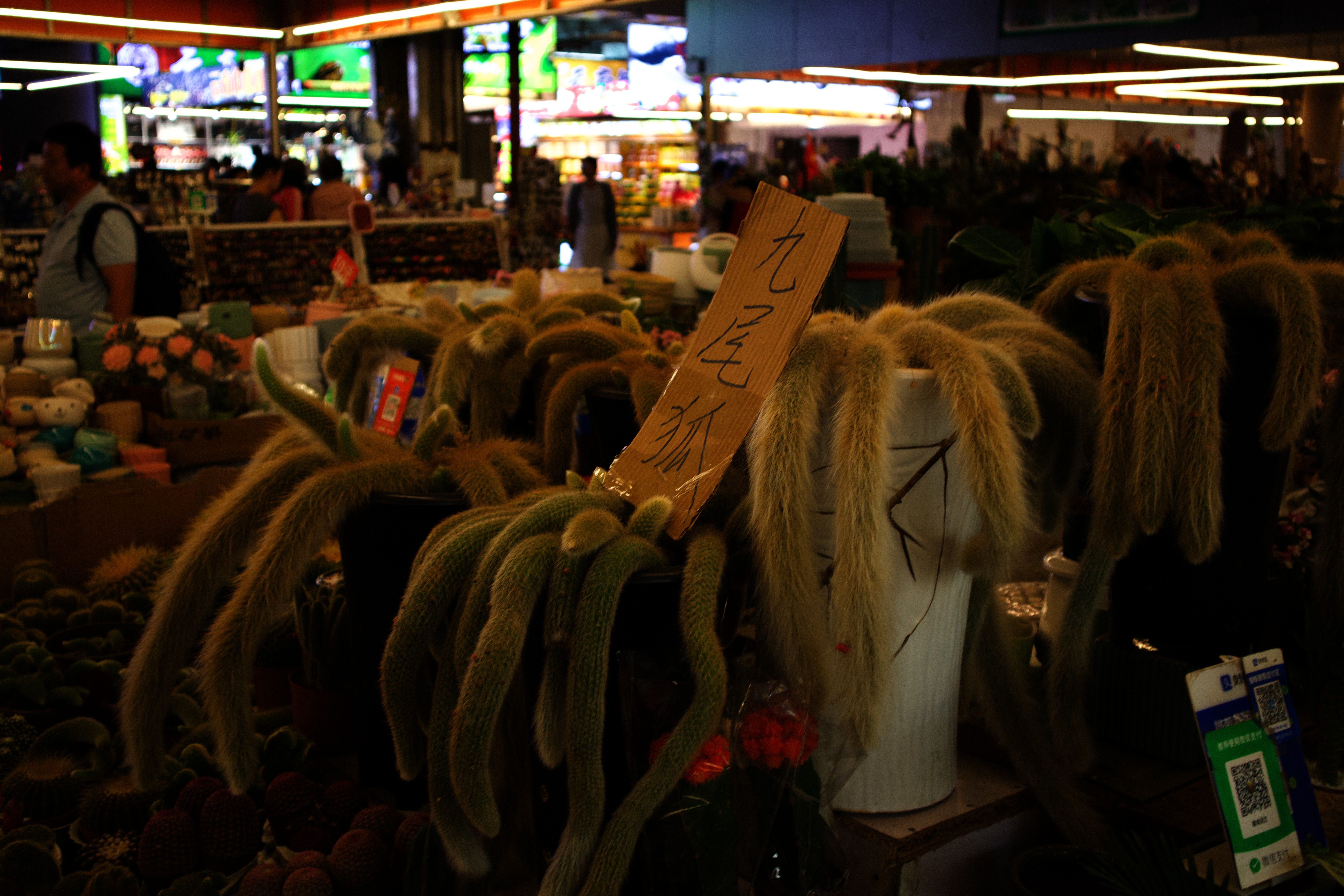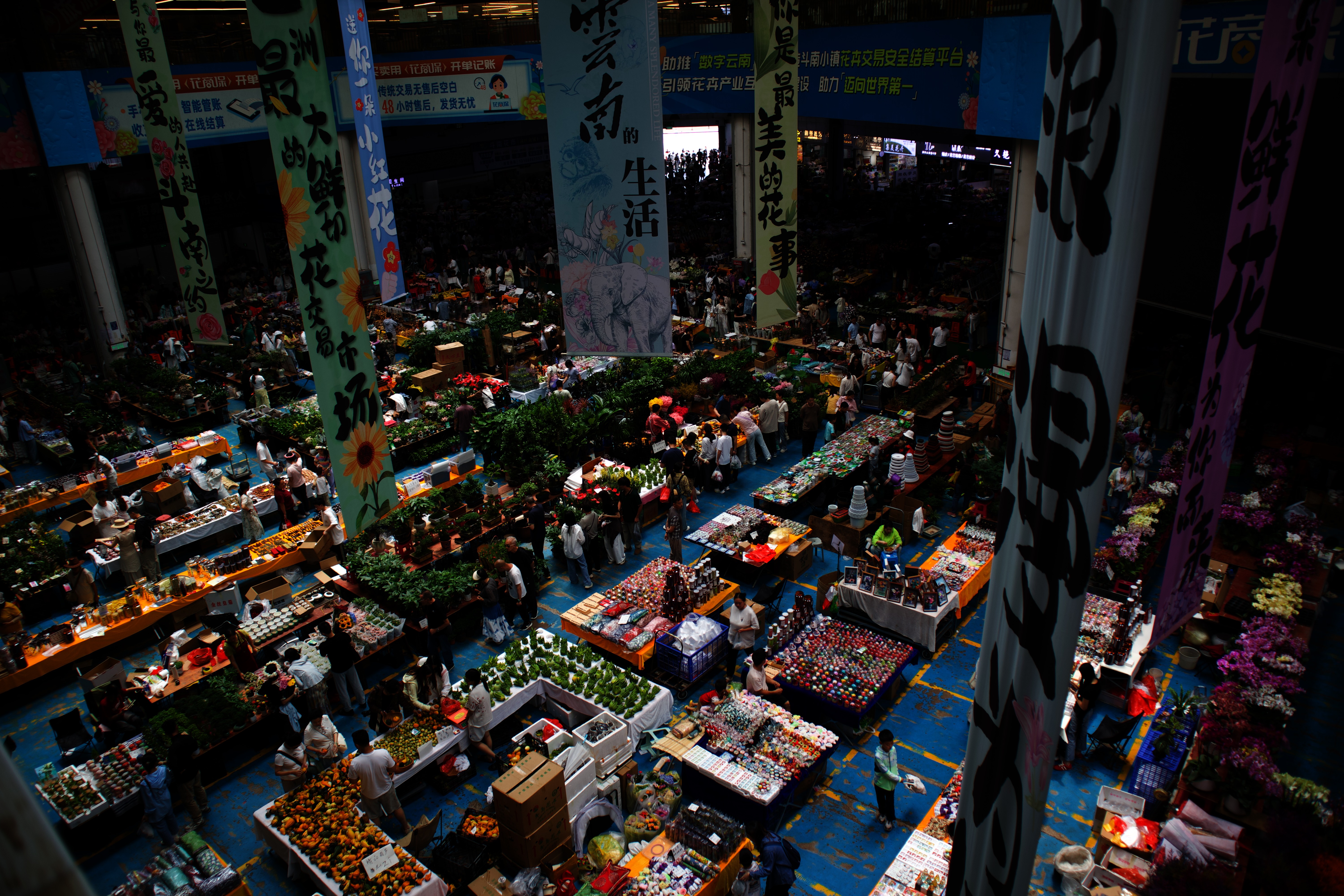
Kunming’s Dounan Flower Market
I visited the Dounan flower market today — ha! So naturally this is the time to talk a bit about
The ‘Dutch Auction’
The modern flower auction began in the Netherlands in the early 1900s. Specifically, in Aalsmeer, now home to the world’s largest flower market.
Before that, flower growers sold fresh-cut flowers directly to wholesalers or middlemen. Prices were opaque and growers had weak bargaining power. On top of that, flowers are highly perishable.
In 1911, a group of Dutch growers formed a cooperative auction to make pricing more transparent and sales faster. They came up with what’s now called the Dutch auction (descending-price auction):
- A large clock starts at a high price.
- The price ticks down rapidly.
- The first buyer to hit the stop button wins at that price.
Note: a Dutch (clock) auction is technically a first-price auction. So in theory, it’s not strategy-proof — buyers have an incentive to “wait” for the price to drop after their willingness-to-pay threshold.
But because flowers are perishable and supply is abundant, the descending-price format matches the market’s needs: it rewards decisive buying and clears stock fast, while still allowing some price discovery. This format flips the usual bidding psychology — buyers must act quickly to secure the best goods before someone else jumps in, which speeds up transactions and prevents flowers from sitting too long.
The Aalsmeer model later spreads worldwide to other perishable goods: fish, vegetables and yes —
Kunming’s Dounan Flower Market
Come on — looking at how beautiful these flowers are, I woudn’t mind paying just a little bit more:
